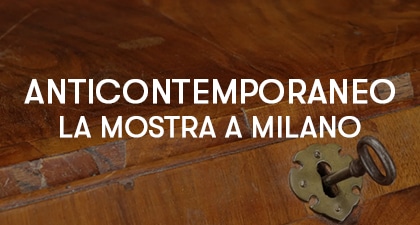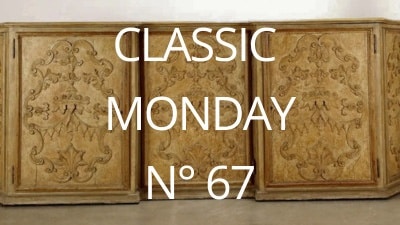
The commode is a fully functional portable toilet. Its origins date back to the Middle Ages, and the etymology suggests that this seat was more comfortable (hence “commode”) compared to Roman latrines and simple chamber pots.
Functionality and Aesthetics

The commode is a piece of furniture that today seems unusual, almost funny, yet it was an object that combined functionality and aesthetics, much like the best design projects.
With the shape of a seat (chair or armchair, sometimes even equipped with armrests and a headrest), it blended perfectly with the household furniture. It featured a removable lid on the seat that, once removed, gave access to the space underneath where a ceramic chamber pot was placed, which could be removed for emptying and cleaning.
The Commode in European Courts
The commode was very common in the major European courts. In England, a title called “Groom of the Stool” was even established, assigned to a high-ranking courtier whose job was to take care of the sovereign’s personal hygiene, including their commode.
Despite the task and how it has been interpreted by modern historiography, the role was of great prestige, due to the proximity and great trust with the king, making the Groom of the Stool a feared figure in the court.
At the French court of Louis XIV, commodes were widespread as true pieces of furniture, masterpieces of cabinetmaking. Among the examples, one certainly worth mentioning is the commode belonging to the Marquise de Pompadour, the Sun King’s mistress.
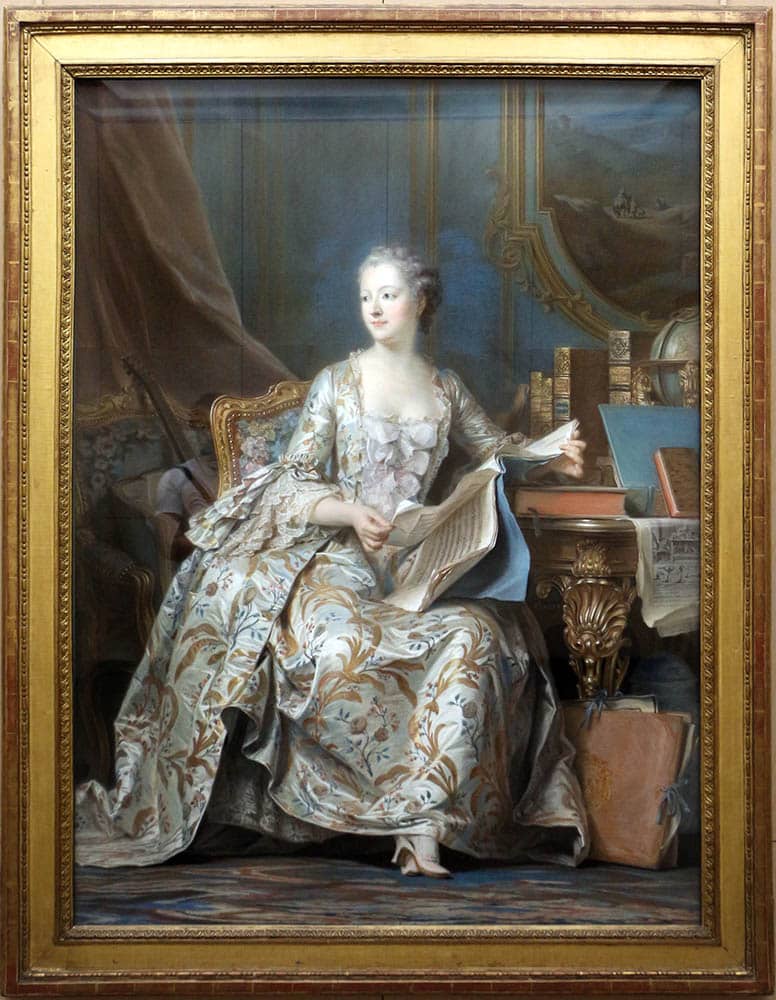
It also served as a bidet and, when closed, became a single-seat upholstered sofa. A luxury example.
It is from the modern era that commodes perfectly blend into the furniture, and can be placed in various rooms, primarily in the owner’s bedroom.
Small Bedroom Commode
The example present in our warehouses is a small bedroom commode, which opens via two shaped doors on the front, which is curved in a barrel shape, and also through the shaped top. The interior conceals the commode, consisting of a liftable shelf and another with a central hole, all entirely lacquered.
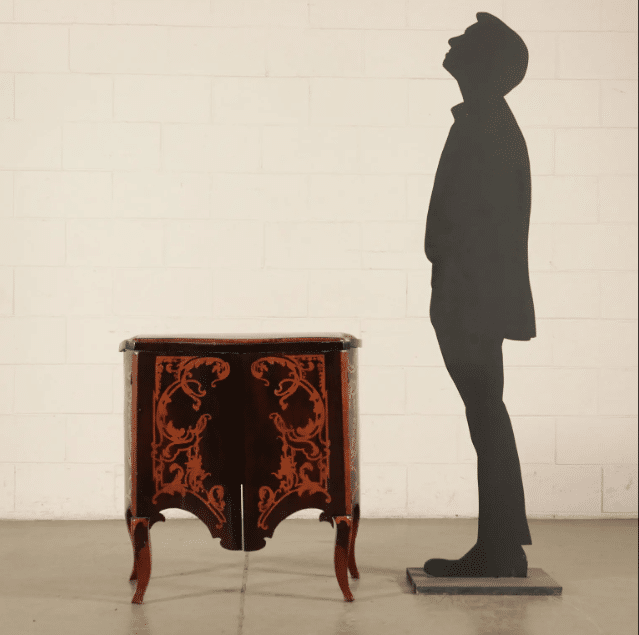

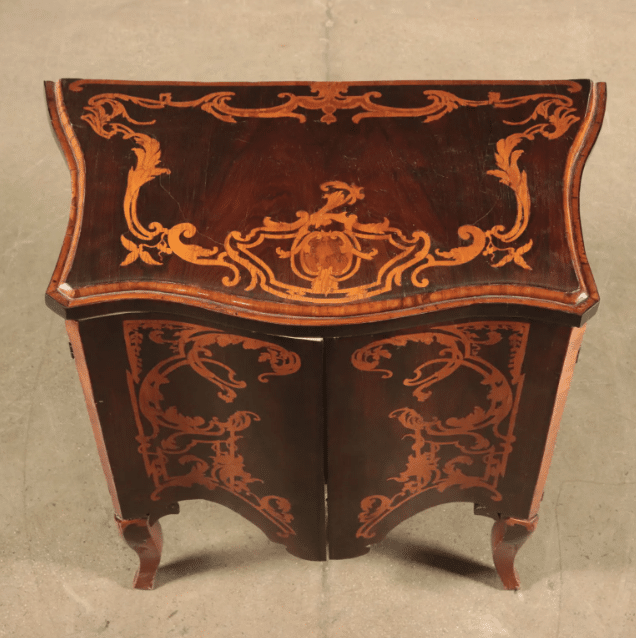
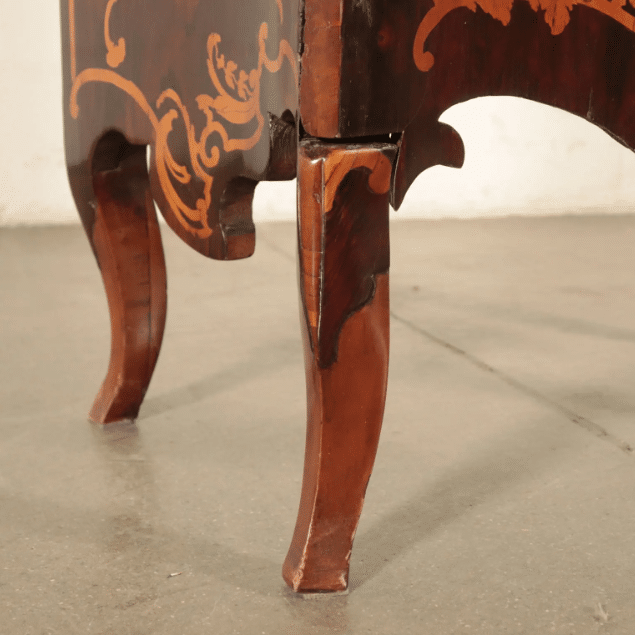
The outer surface is veneered in bois de violette with inlays in yellow Angioino with intertwined phytomorphic motifs forming reserves, a decorative pattern found in late Baroque Roman production.
The external shape is, in effect, that of a small bedside table, which today can serve its function not only as a prestigious piece of furniture with a refined visual impact but also as a storage unit.
You can find the complete gallery and all the information at the link: https://www.dimanoinmano.it/it/cp190835/antiquariato/credenze/piccola-comoda-da-camera



